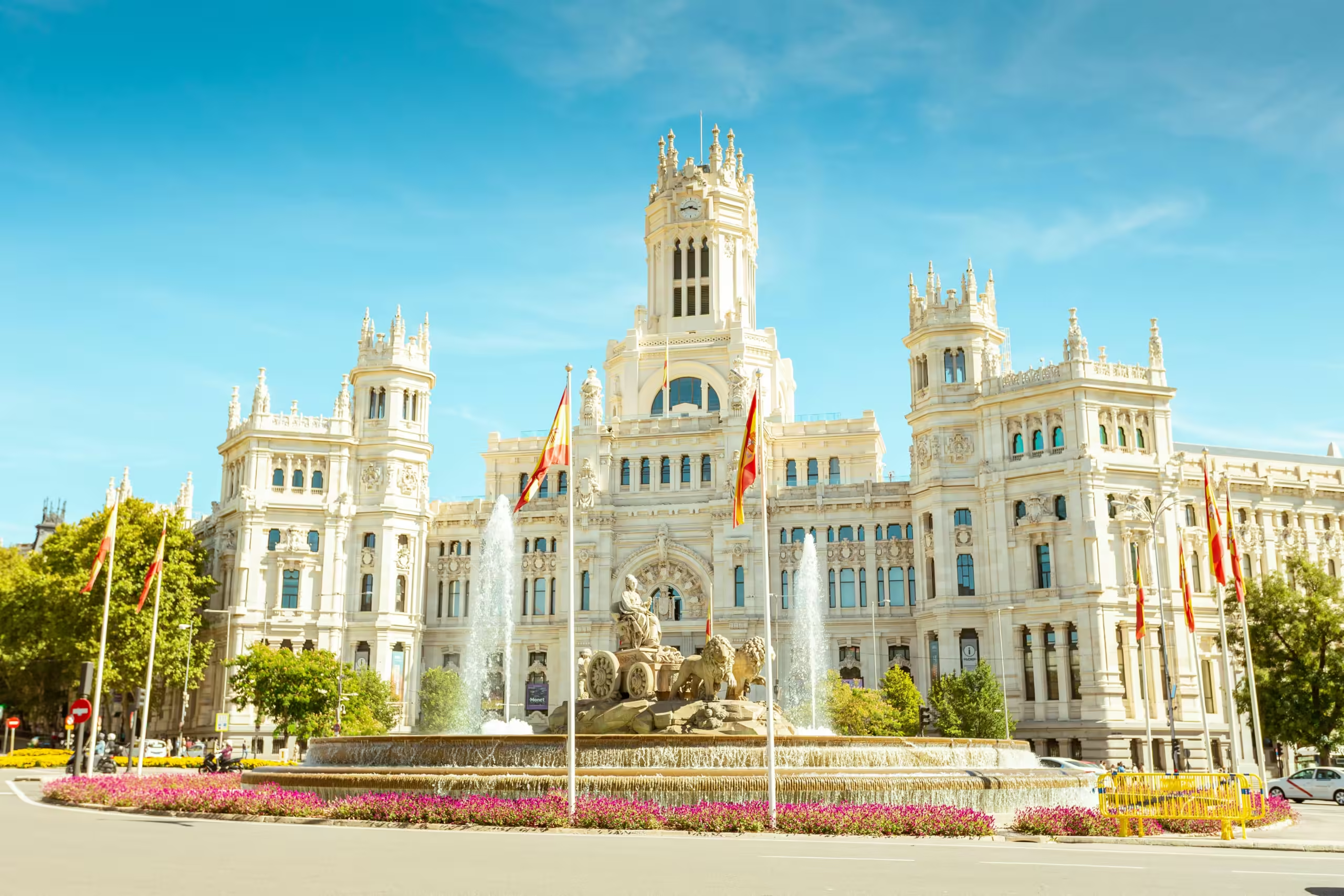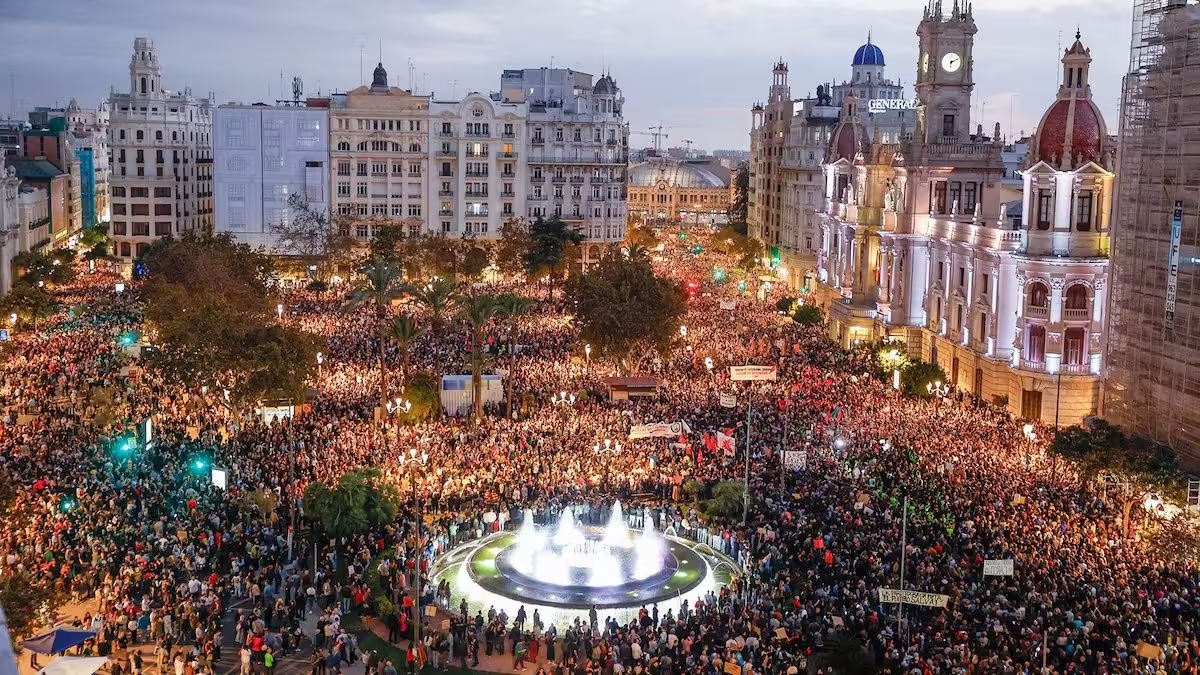October 12th in Spain: What to Know About the National Day
A National Holiday for All of Spain
October 12th is Spain’s National Day (Fiesta Nacional de España). It is a public holiday in every region, which means schools, banks, and government offices are closed. Most small shops also shut for the day. Larger supermarkets or shopping centres in bigger cities sometimes open for a few hours, but you should not rely on it. Restaurants, cafés, and bars normally stay open, and many people take the chance to eat out with family or friends. Public transport runs, but usually on a reduced holiday timetable.
In 2025, October 12th falls on a Sunday. Some regions have chosen to move the bank holiday to Monday, October 13th, giving people a long weekend. These regions are Andalucía, Aragón, Asturias, Castilla y León, and Extremadura.
The Main Celebration in Madrid
The most visible event takes place in Madrid, where there is a large military parade attended by the King, the royal family, the Prime Minister, and other political leaders. It includes troops from all branches of the armed forces, military vehicles, and an air show by the Spanish Air Force. The display by the Patrulla Águila, leaving trails of red and yellow in the sky, has become one of the day’s most recognisable images. The parade is broadcast live on national television and is the centrepiece of the celebrations.
Regional Celebrations and Local Traditions
Other cities and towns mark the day in their own way. The best-known example is Zaragoza, where October 12th coincides with the Feast of Our Lady of the Pillar, the city’s patron saint. Thousands of people bring flowers to the Basilica del Pilar in a huge public offering, and the celebrations include processions, music, and cultural events that last several days. Elsewhere, activities vary: some towns organise concerts or small parades, while in many places it is simply a quiet day off.
The Historical Background
The choice of date goes back to October 12th, 1492, when Christopher Columbus first reached the Americas. Spain began marking it as a holiday in 1918 under the name Día de la Raza (Day of the Race), intended to emphasise cultural links with Latin America. Under Franco, it became known as Día de la Hispanidad. Since 1987, it has been recognised as the National Day of Spain.
Why It Is Controversial
While many people see October 12th as a day of unity and pride, it is not without debate. For critics, the holiday highlights the beginning of colonisation, the destruction of indigenous cultures, and centuries of exploitation. In parts of Latin America, October 12th is now marked in very different ways, often as a day of mourning or reflection. Within Spain, the holiday also shows regional divides: areas with strong independence movements, such as Cataluña and the Basque Country, often show little interest in the celebrations, and protests are sometimes held.
What Visitors Should Know
If you are in Spain on October 12th, plan for closures and reduced services. Most shops and offices will be shut, though bars and restaurants are usually open and busy. Tourist attractions generally stay open, although they may be crowded. In Madrid, expect large crowds and road closures around the parade route. In Zaragoza, hotels and restaurants book up quickly during the Pilar festivities. In other areas, the day may feel quieter, with little more than the usual holiday slowdown.
Share this content:




2 comments